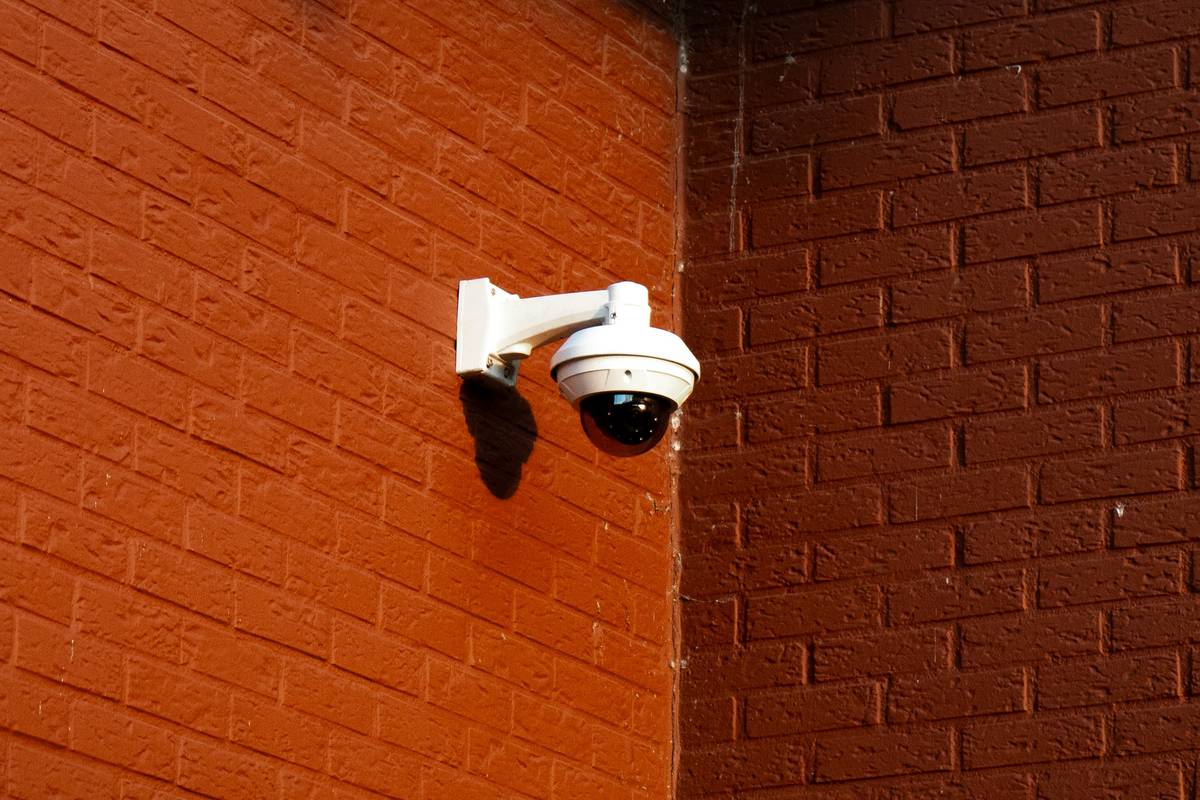Ever returned home to find your front door wide open, heart pounding like a drumroll? Or worse—dealing with the aftermath of a burglary and filing an insurance claim that feels more complicated than rocket science? It happens more often than you’d think. According to FBI statistics, a burglary occurs every 26 seconds in the U.S. That’s why pairing burglary insurance with smart investments in home security devices might just be your financial lifeline.
In this guide, we’ll explore how upgrading your home security setup can not only deter burglars but also reduce your reliance on costly burglary insurance claims. Along the way, I’ll share my own “facepalm” moment when I installed a fake camera that didn’t fool anyone (spoiler: it was shaped like a Wi-Fi router). Buckle up—it’s about to get real.
Table of Contents
- Why Home Security Matters for Your Wallet
- Step-by-Step Guide to Choosing Home Security Devices
- Best Practices for Maximizing Your Investment
- Real-Life Examples of People Who Got It Right
- FAQs About Burglary Insurance and Home Security Devices
Key Takeaways
- Home security devices lower the risk of burglaries, reducing potential insurance claims.
- Smart locks, cameras, and alarms are game-changers in modern home protection.
- Investing in quality security tools pays off by lowering premiums and boosting peace of mind.
Why Home Security Matters for Your Wallet
Let’s talk straight for a second. Burglary insurance exists because people need a safety net. But wouldn’t you rather avoid using it altogether? Here’s where home security devices come into play. Not only do they act as your first line of defense, but they also send a clear message to burglars: “Not today.”

A study by the University of North Carolina found that 60% of convicted burglars said visible security measures would make them reconsider targeting a house. Imagine if one simple upgrade could save you thousands in avoided claims and stress.
*Optimist You:* “This sounds promising!”
*Grumpy Me:* “Yeah, unless you buy a dud device like I did once—a solar-powered motion light that stopped working after two days. Sigh.”
Step-by-Step Guide to Choosing Home Security Devices
Step 1: Assess Your Vulnerabilities
Start by walking around your home. Look for weak spots such as poorly lit areas, easily accessible windows, or flimsy doors. Jot these down—these are prime candidates for improvement.
Step 2: Prioritize Smart Locks
Smart locks offer remote access control, activity logs, and even voice assistant integration. They’re a low-cost way to instantly upgrade your security without breaking the bank.
Step 3: Install Video Cameras
Cameras are no longer just for tech-savvy homeowners. Modern options like Ring or Nest provide HD video feeds, night vision, and mobile notifications at reasonable prices.

Step 4: Add Motion Sensors and Alarms
Motion sensors paired with loud alarms can scare off intruders before they even step inside. Bonus points if they alert your phone too!
Sounds simple enough, right? Just don’t fall into the trap of buying cheap knockoffs that malfunction faster than you can say “refund.”
Best Practices for Maximizing Your Investment
- Sync Everything: Integrate all your devices through platforms like Google Home or Apple HomeKit for seamless operation.
- Regular Maintenance: Test batteries monthly and update firmware regularly—it’s like oil changes for your car.
- Publicize Your Setup: Post signs stating your property is protected (“Smile, you’re on camera”). Sometimes the illusion of security works as well as actual gadgets.
Real-Life Examples of People Who Got It Right
Sarah from Chicago shared her story online after installing a Ring camera system. She caught a would-be burglar mid-attempt, reported him to the police, and never had to file an insurance claim. Her secret? Investing in top-notch equipment and being proactive about monitoring alerts.

On the flip side, let’s talk about Mike, who opted for budget gear instead. His fake window decals didn’t fool anyone—and he ended up paying out-of-pocket for damages. Lesson learned: skimp now, regret later.
FAQs About Burglary Insurance and Home Security Devices
Do Home Security Devices Lower My Insurance Premiums?
Absolutely! Many insurers offer discounts for homes equipped with approved security systems. Check with your provider to see what qualifies.
Are DIY Systems Effective?
Yes—if they’re reliable. Stick to reputable brands over bargain-bin alternatives.
What About False Alarms?
False alarms happen, but most modern systems let you customize sensitivity levels to minimize nuisance triggers.
Terrible Tip Alert:
One common mistake? Thinking louder alarms equal better protection. Spoiler: annoying neighbors doesn’t necessarily stop burglars.
Conclusion
The connection between home security devices, burglary insurance, and financial stability is undeniable. By investing wisely in protective measures, you can sleep easier knowing both your family and finances are safer. Whether it’s syncing smart locks or setting up surveillance cameras, small steps add up.
*Optimist You:* “Ready to transform your space?”
*Grumpy Me:* “Sure thing—but only after coffee.”
To wrap things up:
Like a Tamagotchi in the ’90s,
Your security needs care daily.


